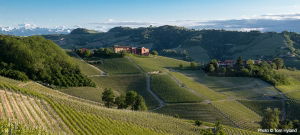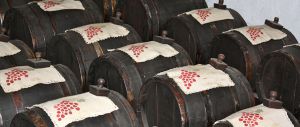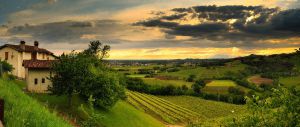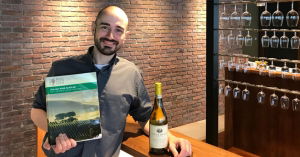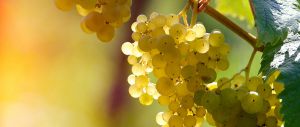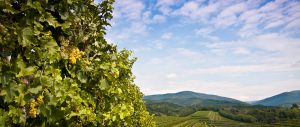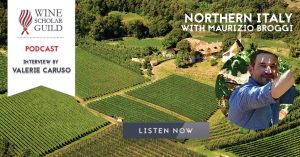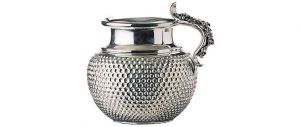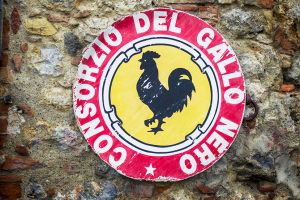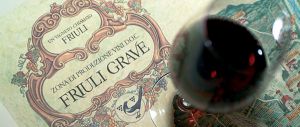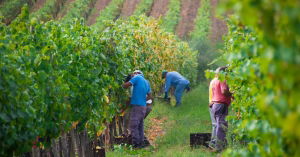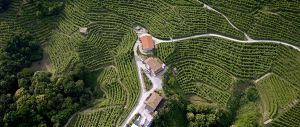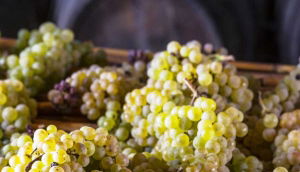BLOG
italian wine course
Any wine student or lover of Italian wines can name the country’s most famous red wines, such as Barolo, Brunello di Montalcino or Amarone della Valpolicella. But given the variety of Italian wines and grape types, it stands to reason that there are many more examples produced throughout the country. This article is the first in a series about a few of the lesser known red wines of Italy; we begin with Piemonte. While there are three famous red varieties in Piemonte – Nebbiolo, Barbera and Dolcetto – there are several others that produce very expressive wines.
Mention the red wines of Tuscany and immediately examples such as Brunello di Montalcino, Chianti Classico and Vino Nobile di Montepulciano come to mind. Produced primarily or exclusively from the Sangiovese grape variety, these celebrated red wines truly define this region’s viticultural excellence. Over the last three decades, the distinctive red wines of Bolgheri, crafted from Bordeaux grape varieties from vineyards along Tuscany’s coast, have also become icons of Tuscan wine. Yet there are other sublime red wines from this region that are notable yet lack the renown of the wines mentioned above. Carmignano, Morellino di Scansano and Montecucco are three other important red wines of Tuscany that reflect a sense of place and represent not only special quality, but impressive value as well.
Thanks to a string of successful vintages, there has been a great deal of recent publicity regarding Barolo and Barbaresco wines. Produced entirely from Nebbiolo, these two iconic wines have changed in style over the past 20-30 years; where once, the wines were reserved upon release, today, the wines are riper and more forward. This is largely due to climate change, as warmer temperatures throughout the growing season have necessitated Nebbiolo harvests some two to three weeks earlier these days than in the 1980s, ‘70s and prior; while late October to early November was normal for a Nebbiolo harvest thirty and forty years ago, today, harvest is more typically in early-mid October.
One of the most traditional and prestigious products of Emilia is Aceto Balsamico Tradizionale (traditional balsamic vinegar). This precious and expensive vinegar is made only in Reggio-Emilia and Modena. The latter is usually considered to craft the most prestigious vinegars of the two. Aceto Balsamico Tradizionale is made through a very long, laborious and patient process that is food preparation turned into art form.
With a treasure trove of native white varieties, Friuli Venezia Giulia makes some of Italy’s most exciting white wines.Friuli Venezia Giulia is considered the birthplace of modern Italian white winemaking. In the late 1960s, a small group of inspired producers began crafting clean, fresh and fruity white wines—a monumental shift from the tired, oxidized versions that had been largely produced prior.
Meet Ettore Donadeo, instructor at Caplan Wine Academy in Tokyo, first wine school to launch the Italian Wine Scholar in Japan! Their first IWS session is scheduled to begin April 16th, more information and registration HERE. Ettore, could you give us a bit of background on your personal and/or professional history in wine and how you got to Japan? I arrived in Japan in 2008 after having graduated in Japanese language in Venice. First I worked as a software programmer, learning everything from scratch, but then I discovered my "true calling". In 2012 I went for some months in New Zealand where I got WSET Level 2 and Level 3, then back to Japan I started working in the industry. In 2017 I got the WSET Diploma and started working as a wine teacher at Caplan Wine Academy in Tokyo. Finally in 2019 I passed the IWS exam with High-est Honors!
Emilia-Romagna’s Romagna Albana DOCG holds the claim to that distinction. This was Emilia-Romagna’s first DOCG, and more controversially, Italy’s first white DOCG.
A number of Friuli’s native varieties were rescued from the brink of disappearance. Let us introduce you to Vitovska and Pignolo. Vitovska: The name of this white grape variety is of clear Slavic origin, but it is generally considered to be a native variety of both eastern Friuli and Slovenia, as it was historically only cultivated in Carso (in the province of Trieste) and in Slovenia.
Ciro Pirone is the Director of Italian Wines for Horizon Beverage Group and will be teaching the next online Italian Wine Scholar course beginning in February. In under 30 minutes Ciro gives us the fascinating history of Italian sparkling wine production, and discusses key points on the spumante wines of Alta Langa. We also learn about the main grapes and styles of Lambrusco, and learn important distinctions between Asti DOCG and Moscato d’Asti DOCG.
Maurizio Broggi, DWS, FWS, is the Education Director for the Italian Wine Scholar (IWS) program. During an eight-day summer tour, he led a group of IWS educators through three of Italy’s northern wine producing regions, Trentino, Franciacorta and Lugana.
Ancient Romans often drank wine at the end of the meal by passing around a “gutturnium” (a 2 liter silver jug). Emilia-Romagna’s Gutturnio DOC takes its name from a jug found along the Po River in 1878.
The Gallo Nero (Black Rooster) was the historic symbol of the League of Chianti and has become the symbol of the wines of Chianti Classico. The Black Rooster symbol is linked to a medieval legend that takes place during the time of open hostilities between Firenze and Siena for control of the Chianti territory.
Friuli Grave DOC Friuli Grave was previously called Grave del Friuli but is often simply referred to as Grave. This is the largest DOC, both in terms of area under vine and in production. It accounts for more than one-third of Friuli’s total wine production.
I returned to Campania recently for the first time in three years and as with most Italian regions, discovered that not much had changed, at least as far as appearances are concerned. I did meet a few producers I hadn’t visited before, with one of them – Petilia – being a great new discovery for me. More on that below, but overall what impressed me most was the consistency of the wines, white and red.
Lambrusco Family: Lambrusco represents one of the most ancient families of native grapes in Italy. In fact, it is so ancient, that a specific area of origin has not been determined. Historically, they were believed to descend from domesticated wild vines. All the Lambrusco grapes are related to each other but are considered distinct varieties. In general, the wines produced from these grapes share common features, such as high acidity, moderate alcohol and red fruit-floral aromas, however, each variety does express a distinct character, despite such similarities.
Today, Veneto represents Italy’s most productive wine region and accounts for 25% of Italy’s total DOC/G wine production.
Grapes for Vin Santo Drying in the Vinsantaia One of the most characteristic wines of Toscana is Vin Santo. This passito is an ancient and traditional specialty produced throughout the entire region. Its origin dates back to the Middle Ages, but the prototype for this style of wine can be traced back to the Greeks and the Romans. Most Vin Santo is made from white grapes, typically Trebbiano Toscano and Malvasia Bianca Lunga. It can be made from just one of these grapes but is more commonly a blend of the two. Trebbiano provides acidity while Malvasia provides body, texture and perfume. A rare, pink Vin Santo called Vin Santo Occhio di Pernice (“partridge eye”) is made from red grapes, usually Sangiovese. Only a few producers make this pink version.



